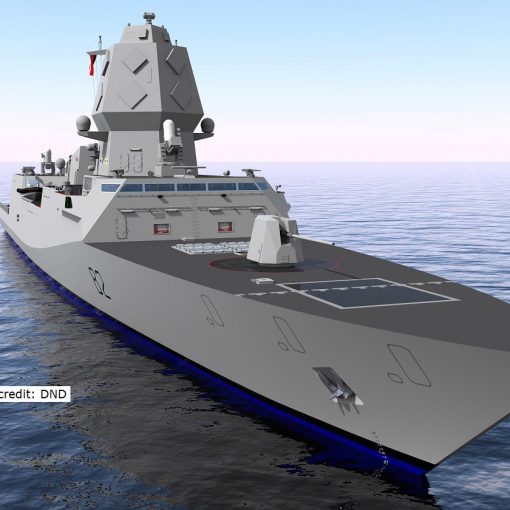This week’s announcement that the contracts to modernize and refit the twelve Halifax-class frigates will be split unequally between two shipyards (East: Halifax Shipyard, seven ships, $549M; West: Victoria Shipyards, five ships, $351M) has avoided the bitter dispute that erupted over the earlier decision to modernize the Victoria-class submarines only at one west coast shipyard (Victoria Shipyards, four submarines, $1.5B). Behind the frigate decision is a strategic choice to sustain shipyards on both coasts with enough work so that a vital national capability does not wither away. Obviously, the same logic did not factor into the submarine decision.
With only four submarines to maintain (some might say three, as the future of HMCS Chicoutimi is not clear), the volume of work is not great enough to justify splitting the contract in the same fashion as was done for the frigates. There are very specific technical skills needed for submarine work that are not required for surface ships. So, rather that split the contract, and force two shipyards to compete for these special technicians, operational costs (fuel and other consumable stores plus time wasted in transit) and personnel costs (time away from home port) will have to be absorbed by DND and the submariners to shuttle the ships between coasts. The only other option appears to be paying a premium to sustain a technical capability that is double the national requirement. The problem with this conundrum, as is the case with nearly all others of its kind, is that there has not been an open discussion about the factors leading to a coherent strategy about where submarines and other capabilities ‘fit’ in the new security environment.
There is no doubt that the Canadian navy values the tactical advantages that submarines confer. Why should they be any different from the many other navies that have submarines? Operationally, they enable courses of action that cannot be otherwise attempted. But strategically, the average Canadian does not see the need for submarines and the navy’s exasperation at trying to get their point of view across is palpable.
The problem is the lack of a coherent strategy that explains the theory of sea power in a Canadian context that the average citizen can understand. Very little public, professional or academic discourse has focused on maritime strategy in this country. In fact, there is little in the way of strategic vision to be found anywhere in Canada. Policies and programs are promulgated without the benefit of preliminary broad discussion, which renders them vague and opaque to observers. Pundits attempt to interpret their meaning, but seldom do so from a firm footing.
To be able to say “It is vital to maintain the technological capability to maintain and upgrade submarines on both coasts of Canada” would mean that the necessary strategic assessment had been done and the goals set that make such a declaration comprehensible. This has not happened. So, Irving Shipbuilding will carry on suing DND because it did not get what it maintains is a fair share of the submarine contract. They may get what they seek, and, by extension, this might enhance an important national capacity. The problem is that it will all be, as is said in the common vernacular, ‘so random’.


